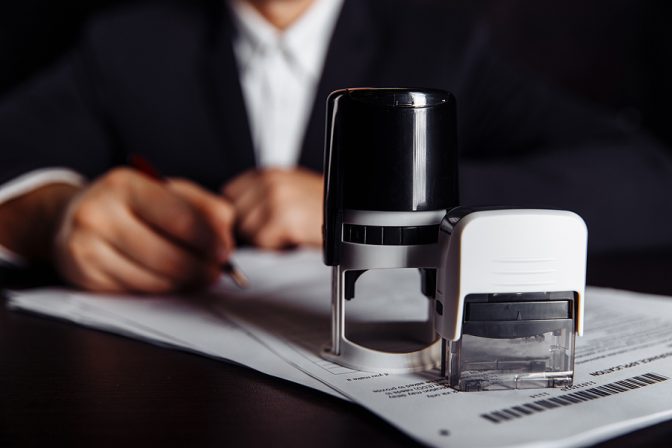We all know that even the little things like ink stamps matter for optimum productivity. Bad ones will affect our work rate or even reduce quality in some way or another. To avoid that, we have to make the right choices so they positively impact our work. They come in different shapes, planes, and sizes. That makes it quite challenging to understand them and their uses. And we usually make wrong choices when we don’t understand things.
This article will help you know the types of ink stamps and the factors you should consider before choosing which is best for you. There are a few factors that affect this choice. They include:
- The Type of Ink Stamp
There are three dominant types of ink stamps. This classification is based mainly on their functionality. They include:
- Traditional stampers: As the name implies, they are the original type of stampers we should all know. The traditional stampers have no automation at all. They operate with the soak and stamp system.
They can be made of either wood or rubber, though the rubber variant is more popular nowadays.
- Pre-inked stampers: This type of stamper has a cartridge of gel-like pigment molded into its impression. This way, the repetitive task of having to soak the stamp is eliminated. However, these stampers need pauses in between uses.
- Self-Inking stampers: Self-inking stamps have replaceable pigment pads that you can easily switch for a new one. They also automatically re-ink before each impression, making them suitable for big projects.
- Types of Stamping Ink
Stamping pigments come in numerous varieties depending on their solubility, density, and the medium you should use them on. These include:
- Solvent Ink: One of the most versatile types of pigment for ink stamps. It is a permanent ink with usage ranging from semi-porous to non-porous surfaces.
- Dye Ink: Fast drying pigment with a water-like consistency. It is used mainly in self-inking stamps. It is also the most popular for paper mediums.
- Pigment Ink: Viscous water-based pigment comes mainly in foam pads and is fade resistant. They are best for water-based colouring mediums.
Some other types of stamping pigment include Water-mark or Embossing, Hybrid, and Fabric inks.
- The Project At Hand
The project that you’re working on is something you should also consider when choosing ink stamps. What medium would you be using the ink stamps on? How long would the project last? And how big is it?
Here’s an instance: When working on a long-term, heavy-duty project, you shouldn’t use a traditional stamper. That would give you a lot of stress and still not get the work done on time.
Choosing the most suitable ink stamps may be very tricky. However, we know that you should leave nothing to chance. If you can do a project better with a particular stamper, why use something less efficient? Your best bet all the time is to go all out and get the best there is when choosing the best ink stamps for your project. And now, you know how to do that.
